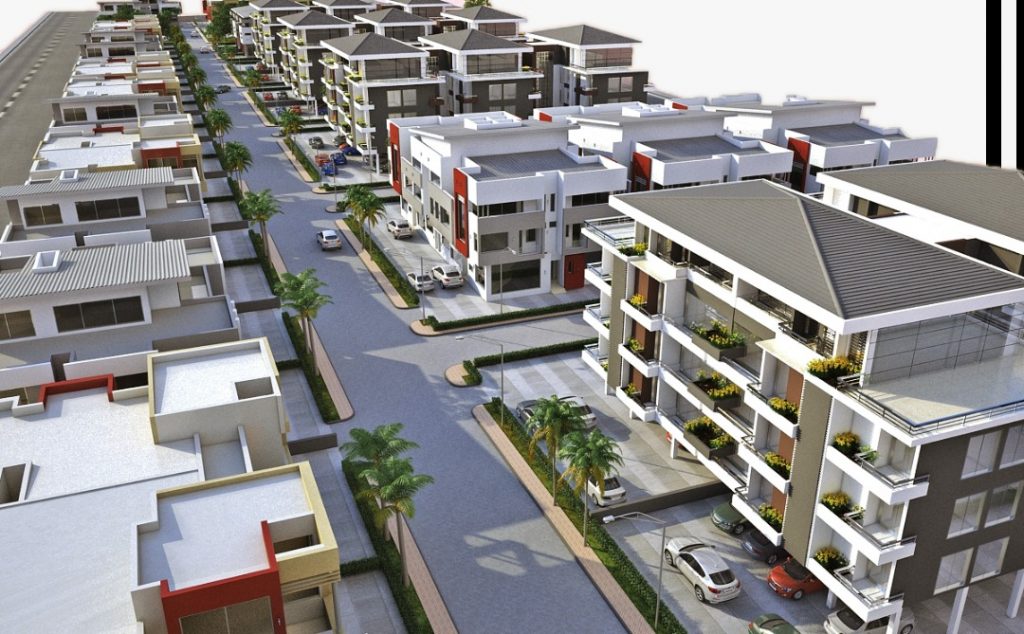HOUSING AND RURAL URBANIZATION
- Home
- HOUSING AND RURAL URBANIZATION
HOUSING AND RURAL URBANIZATION
Nigerian housing deficits stands at 8million units while urban dwellers spend between 40-60% of income on rent reducing spendable income and aggravating poverty. The number of buildings constructed annually increases the wages of skilled labour, which thus shows an alternative job creation and poverty alleviation.

Rapid population growth in Nigeria show pace of construction/property development and dwelling income have continued to complicate the issue of urban housing especially for the poor and low-income earners.
Building development is an important element of poverty itself. Shelter is thus a highly visible dimension of poverty. The National Housing Policy (NHP) 1991 put the category of Nigeria that could be classified the low-income people at 70% of the populace. The NHP, however, noted that whole various government have shown keen interest in housing Nigeria masses, the strategies adopted were of little benefit to the low-income group thus our focus.
Property development process also involves job creation as there are two types of labour wages; skilled and unskilled. As the number of buildings contracted annually increases, the wages of skilled and unskilled laobur increases thus signifying alternative job creation and poverty alleviation as more people are engaged. The multiplier effects of these include savings in rent, better productivity and increase in spendable income.

We shall focus on the development of low income housing targeting the low-income masses. Build modern houses for very poor people who also made up a large chunk of our population both in Nigeria and Africa. We shall also develop more shopping plazas creating opportunities for people to have more commercial shelters for their daily business activities, create and develop new cities, thus urbanizing some rural areas, increasing the land and or property values of some poor families in the process creating more job opportunities for both the skilled and unskilled labour.
